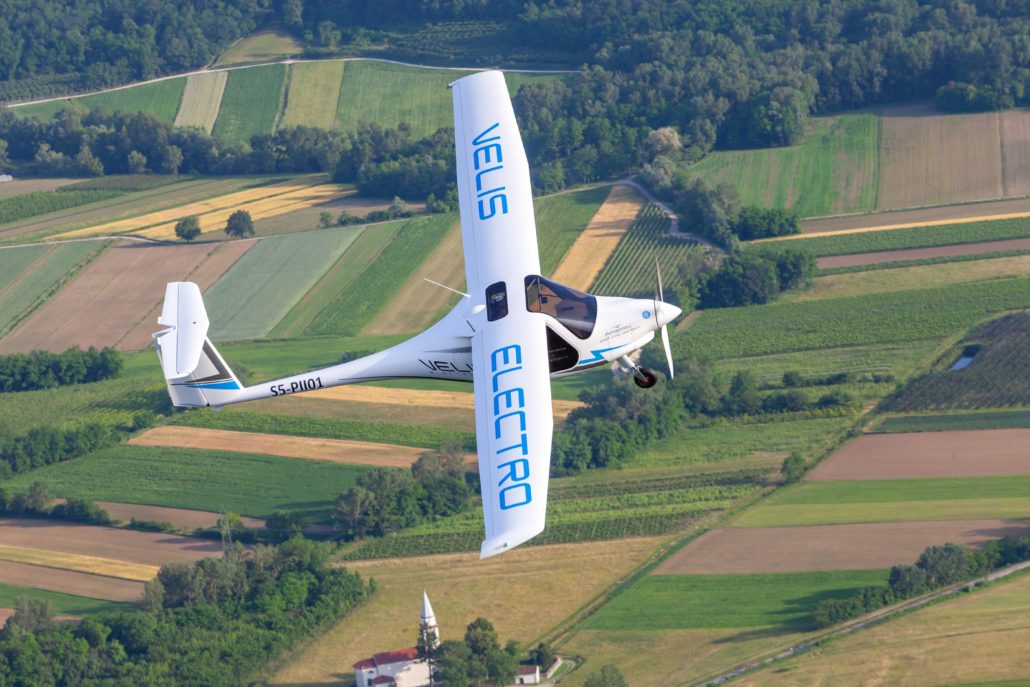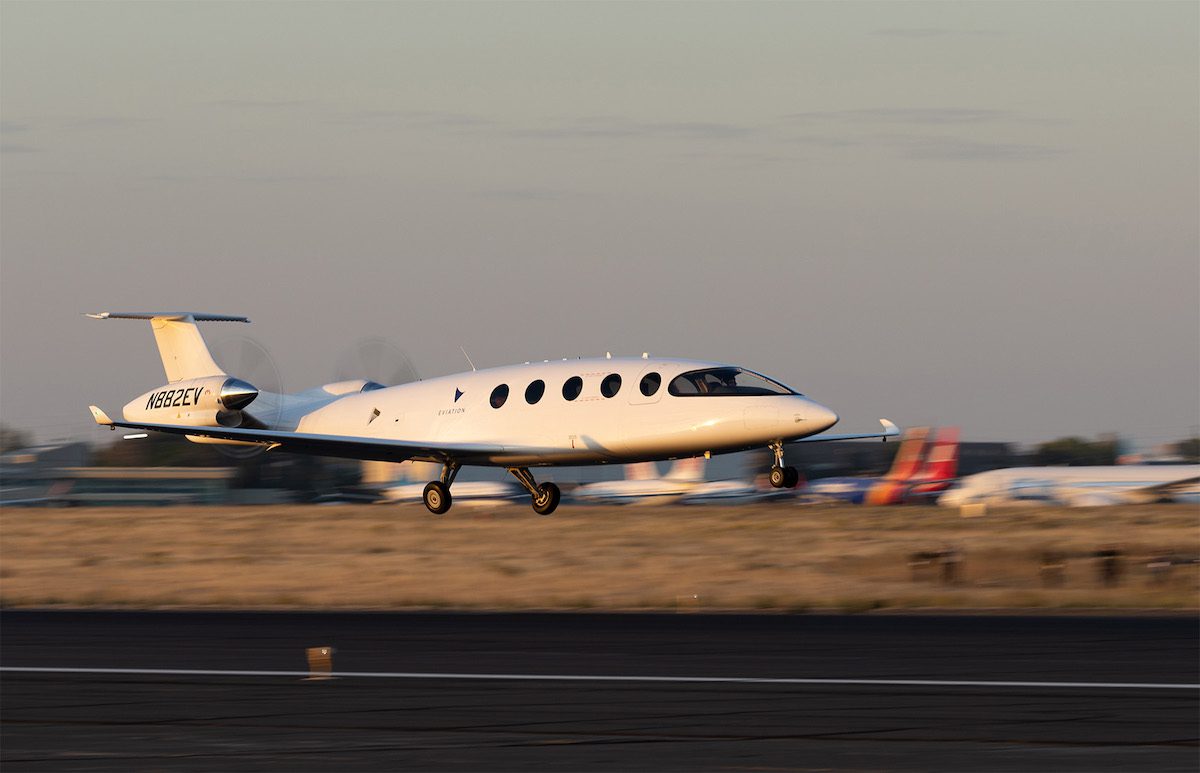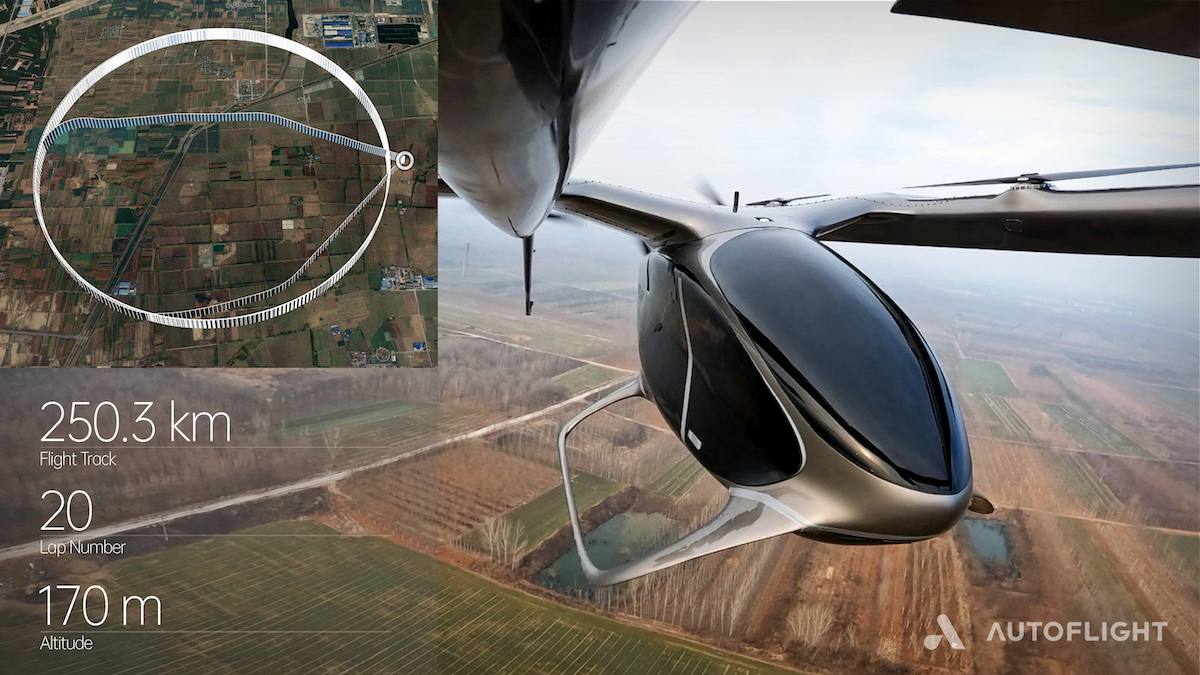To achieve a target of no more than 1.5 degrees of warming, the world must eliminate fossil fuel use in ALL forms of transport – meaning everything on the road/farm/mine site, on the water AND in the air is going to have to give up its fossil fuel addiction in the not-too-distant future.
Let’s not forget, in 2016 the solar-electric plane Solar Impulse II circled the globe. Back then it had the wingspan of a Jumbo jet, could carry only one passenger (the pilot) and weighted only 2.3 tonnes. Has much happened since?
To start with, there are the beginnings of a push to get away from fossil fuels in aviation. Norway (well known for specifying 2025 as the end-date for sales of ICE – internal combustion engine – passenger and light commercial vehicles) is perhaps less well-known for also setting 2040 as the date for all domestic flights to be electric.
By doing so, it is calculated that Norwegian aviation greenhouse gas emissions will be reduced by 80% as compared to 2020 levels. In fact, according to chief executive of Avinor (the public operator of Norwegian airports) Dag Falk-Petersen: “We think that all flights lasting up to 1.5 hours can be flown by aircraft that are entirely electric,” making the point that this would cover all Norway’s domestic flights plus those to neighbouring Scandinavian capitals.
However, electric aviation is no ‘flight of fancy’ and various parts of the aviation puzzle are being being chipped away at.
Shorter times and distances can already be met by electric planes, with the perhaps one of the earliest being the electric flight trainer Alpha Electro from Pipistrel being available for sale since 2015. Able to carry two people and fly for up to one hour, it is popular for its massive savings in terms of fuel and maintenance costs as well as being much quieter than traditional light aircraft – something local residents near flight training airfields would appreciate.
Pipistrel have also recently introduced the larger Vellis Electro two seater. (Pictured).

Another in development is the nine passenger, two pilot commuter aircraft called the ‘Alice’. Developed by Eviation, the Alice is looking to be the first all-electric passenger aircraft to go into production.
To be offered in three versions (commuter, executive and cargo versions) the nine passenger/two pilot version is currently in early flight trials – the most recent of which involved a full (if brief) test where it took off, flew to 3,500 feet and landed for a total flight time of eight minutes.
A longer formal test flight is now set to happen any time now. Eviation expect the Alice to be in use by the end of the decade – and although Eviation has given no formal timeline for reaching this milestone, they have already taken over 100 pre-orders.

Interestingly, with electrification comes the opportunity for new forms of aircraft. TheDriven recently reported on the autonomous Pelican Cargo from Pyka, another form is the eVTOL or electric Vertical Take-off and Landing aircraft.
VTOL aircraft can take off and land vertically, but once in the air can transition to winged flight to enable the aircraft to cover greater distances that those offered by a tradition helicopter.
One player in this field is AutoFlight, which recently completed a 250 km test flight. Whilst that test flight was done through following a pre-defined loop around their test facility (and the pilots being firmly planted on the ground and piloting the aircraft remotely), the test has proven the capabilities of their eVTOL and in the process set a new world record distance travelled for an eVTOL aircraft.

AutoFlight’s president Omer Bar-Yohay commented, “This flight is both a great celebratory milestone, and a testament to the team's incredible effort and progress in testing and incrementally pushing the aircraft’s performance envelope. It’s a remarkable achievement that shows our aircraft’s capability, and we are excited to continue working towards our next goals all the way to EASA certification in 2025.”
Now, on the back of this most recent test-flight, AutoFlight have just taken a pre-order for over 200 of AutoFlight’s Prosperity I and Prosperity Cargo Aircraft.
Seems that for electric aviation, the only way is up!

Bryce Gaton is an expert on electric vehicles and contributor for The Driven and Renew Economy. He has been working in the EV sector since 2008 and is currently working as EV electrical safety trainer/supervisor for the University of Melbourne. He also provides support for the EV Transition to business, government and the public through his EV Transition consultancy EVchoice.

